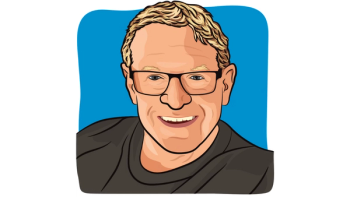This sentence just caught my attention: Radon caused more deaths in the United States last year than drunken driving, fires, and carbon monoxide combined. Wow!Radon is a naturally occurring gas released into the environment from the normal decay of uranium in rocks and soil. When it gets to be a health risk is when it is released into a home where it is breathed in by people. Then it becomes the second cause of lung cancer in this country. In fact, the World Health Organization report in September 2009 estimated that the number of deaths due to radon-induced lung cancer ranges from 15,400 to 21,800 at year.If you don't believe me, go to Cancer Survivors Against Radon and read for yourself the stories of those who have been affected by Radon. Then go to the EPA zone map to see how great the Radon risk is for your neck of the woods. Testing for Radon is as simple as buying an inexpensive kit and mailing it in. Go to a local hardware store or go online and you can have one mailed to you. According to the government, indoor radon levels are affected by the soil composition under and around the house and the ease with which radon enters the house. So, if your neighbor tested his house and it was negative, it doesn't mean yours is. In addition, precipitation, barometric pressure, and other influences can cause radon levels to vary, which is why both short and long term tests are available. If you have radon levels at or above 4 picocuries per liter (about 1 in 15 US homes), you need to take action. Your state EPA office can give you costs and options, which, no matter the cost, is cheaper than cancer. January is National Radon Action Month. Do this for yourself and your family to prevent the possibility of lung cancer.





